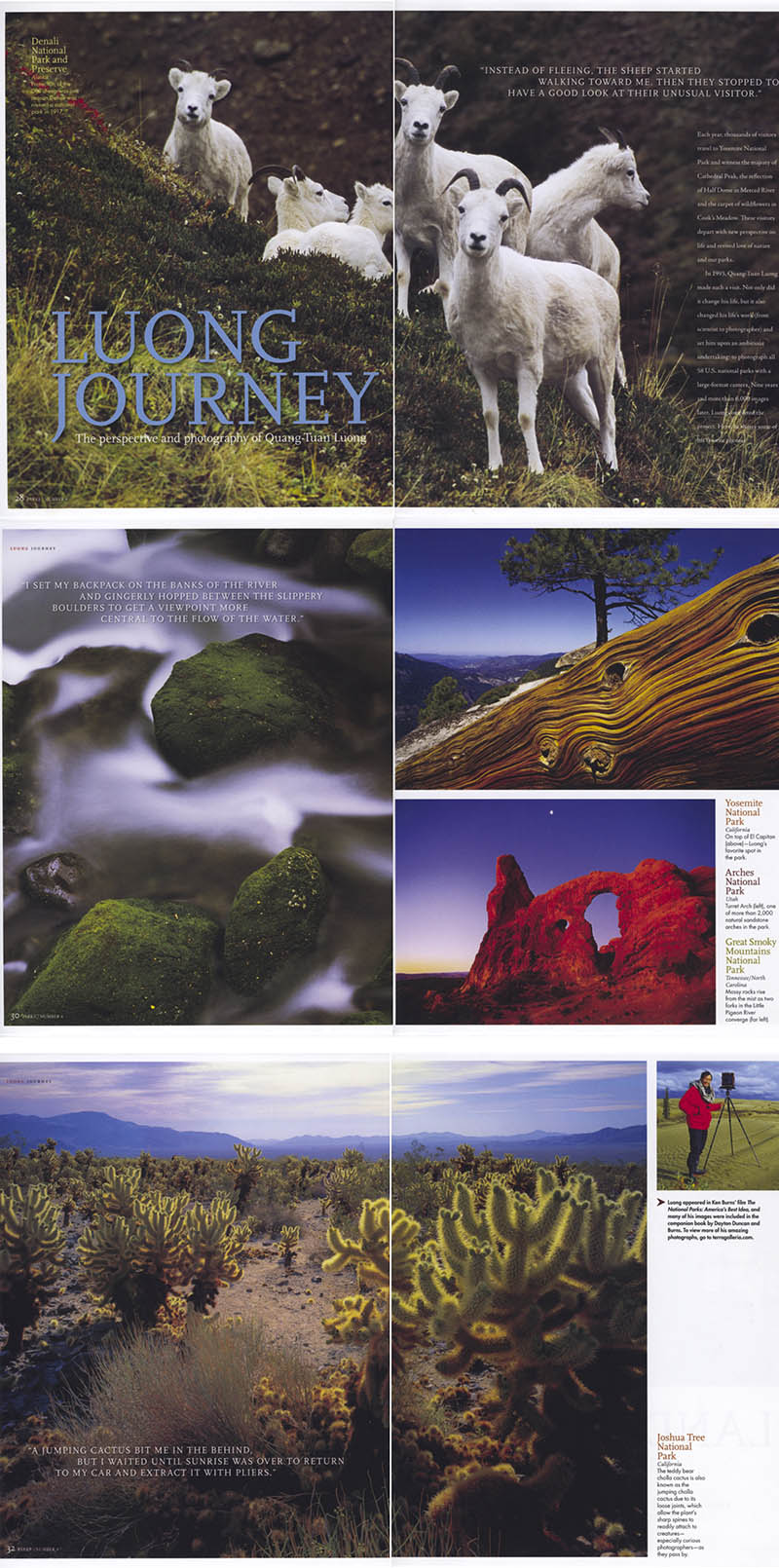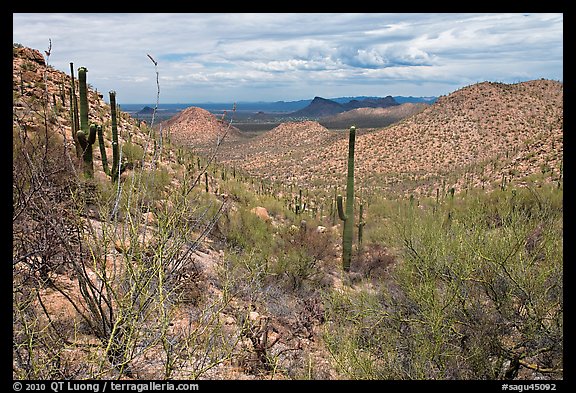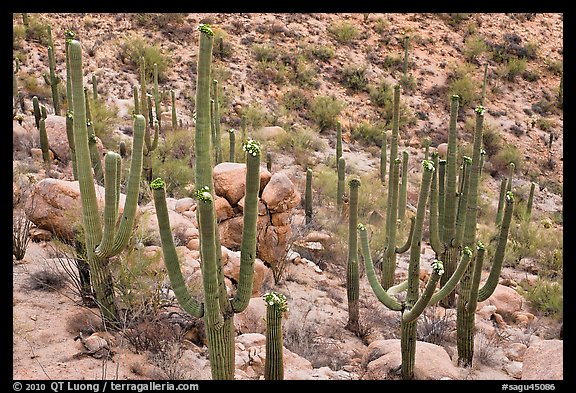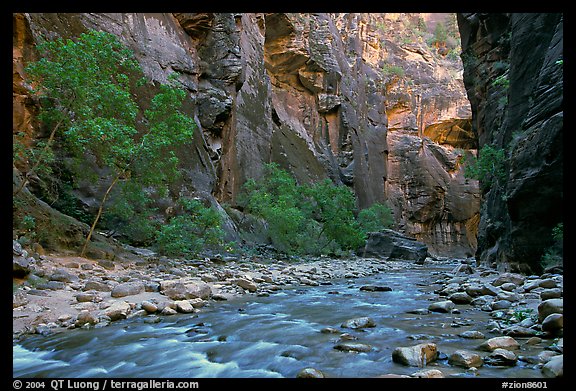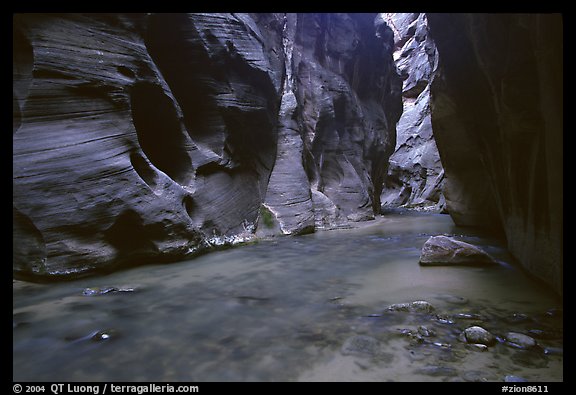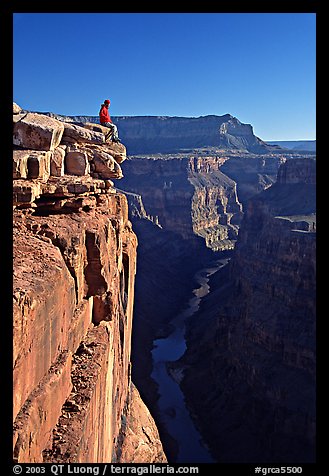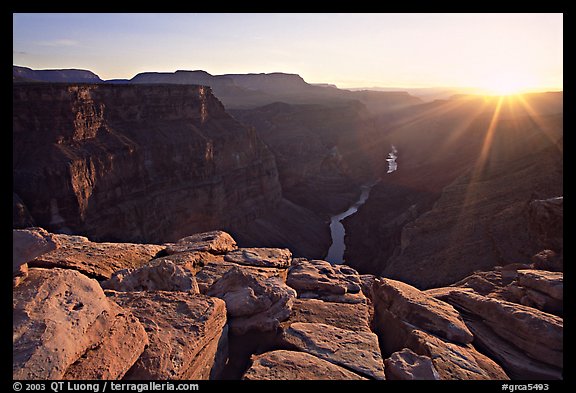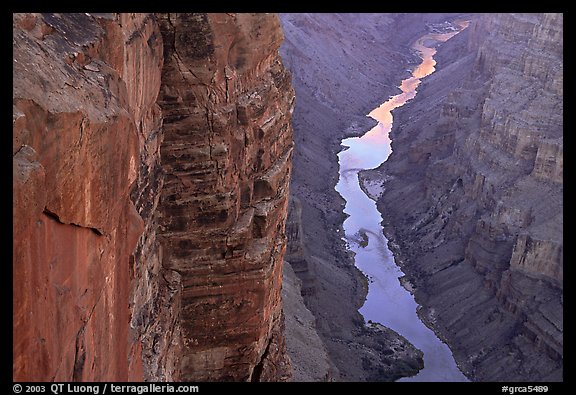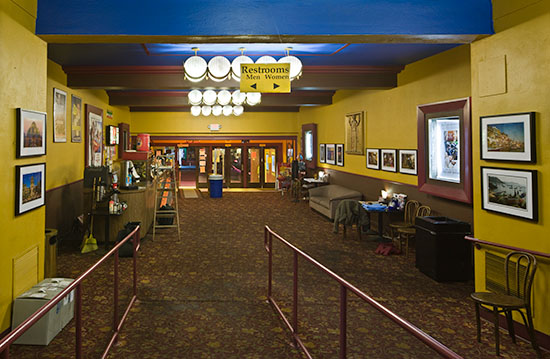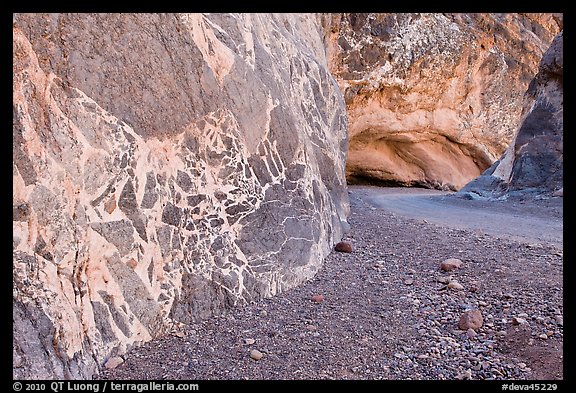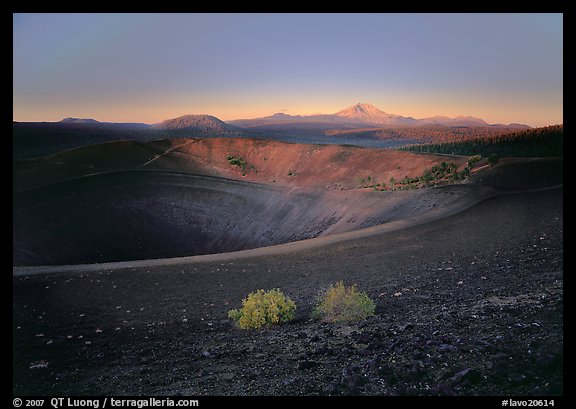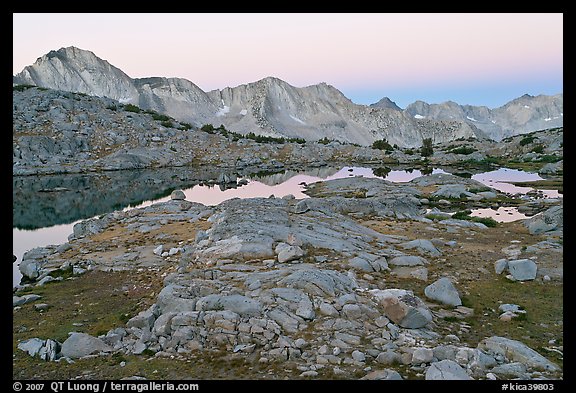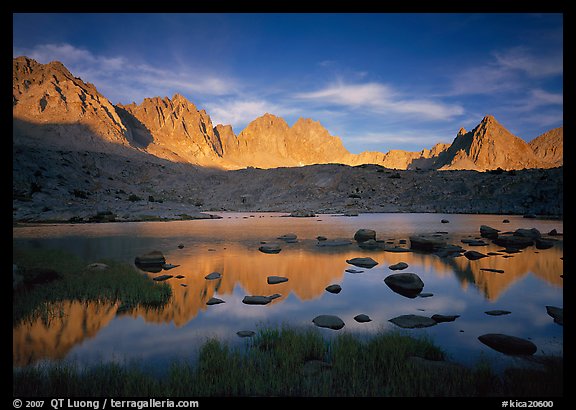Photo spot 11: Joshua Tree National Park – Cholla Cactus Garden
Joshua Tree National Park lies at the convergence of two deserts, the Mojave and the Colorado. Joshua trees and granite boulders characterize the windy high Mojave Desert, while at the Colorado Desert’s lower elevations, cactus and native California palm trees thrive among sandy washes occasionally flooded by unpredictable torrents.
The Cholla Cactus garden lies right at the transition between the two deserts, next to the Pinto Basin road that crosses the park north to south, about 10 miles south of the junction with Park boulevard (the closest campground is White Tank). Park at the designated pull-out, and stroll the nature trail.
The Cholla Cactus garden features the densest patch of the strange Cholla Cactus that I have seen so far. The scientific name of the species of Cholla that grows in the garden is Opuntia bigelovii, but it is often called Teddy Bear Cholla or Jumping Cholla. The joints break off very easily after being only slightly bumped. New cactus start growing right from the broken-off joints, so that the garden continues to renew itself.
The fuzzy-looking (hence “Teddy Bear”) cactus can be photographed successfully under a range of conditions, but my favorite is a backlit low light that makes the spines glow. Sunrise is preferable to sunset because the sun rises over lower distant mountains across the Pinto Basin, whereas it would set over the much closer and higher Hexie Mountains.
I inadvertently brushed against a Cholla Cactus while I was looking for a good viewpoint during the predawn darkness. The result was that I couldn’t dislodge it with my bare hand for fear of getting my fingers stuck as well. A beautiful sunrise below the clouds kept me in the Cholla Cactus Garden, with a cactus clenching onto my behind, until the light was well over. I then strolled back to the car to tease the spiny thing out with pliers.
I recommend that you don’t forget to take pliers as part of your kit. Without them, the barbed spines can easily remain embedded in the skin, causing significant discomfort. They are not called “Jumping Cholla” for nothing.

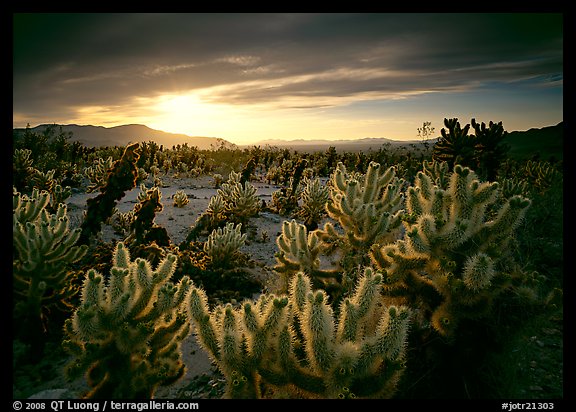

view all images of Joshua Tree National Park
view all images of Cholla Cactus Garden
